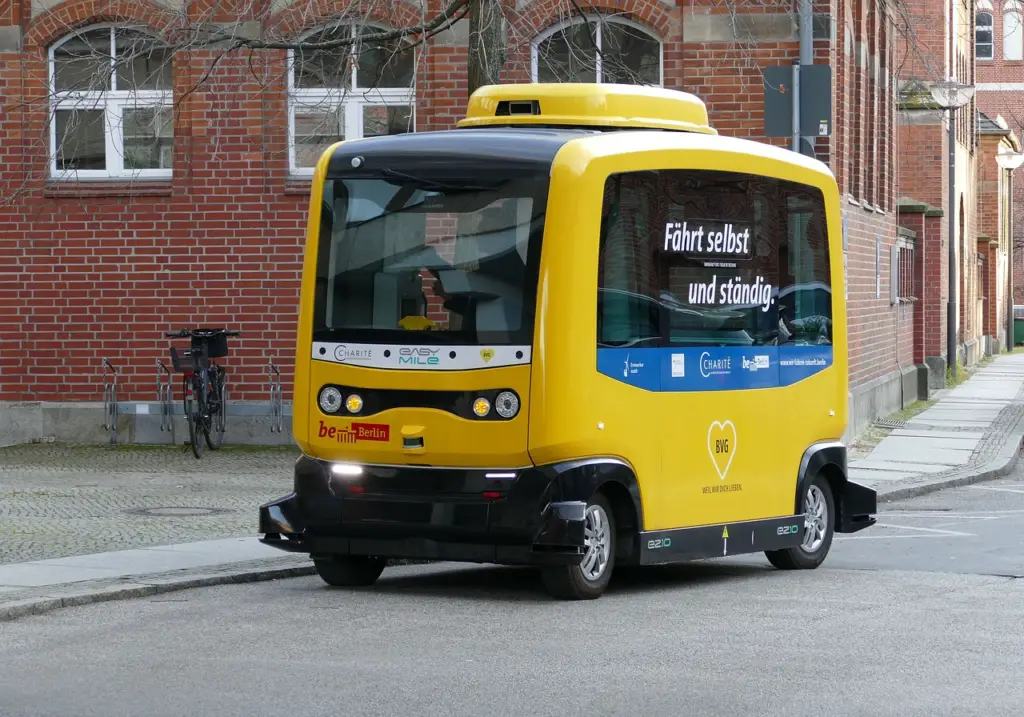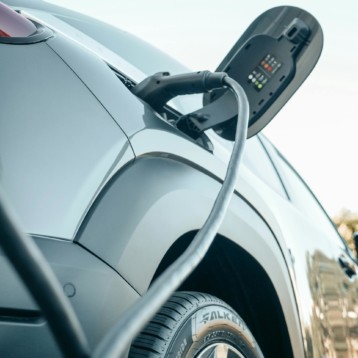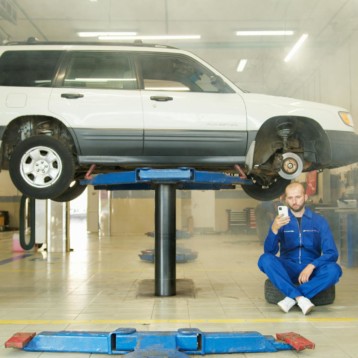Autonomous transportation is no longer a concept confined to science fiction; it’s rapidly becoming a reality. Self-driving cars have been at the forefront of this technological evolution. With companies like Tesla, Waymo, and others pushing boundaries, the future of autonomous transportation promises to reshape how people think about mobility. This post details the future of autonomous transportation and self-driving cars.

A World Without Human Drivers
Self-driving cars use sensors, cameras, radar, and artificial intelligence to navigate roads and traffic. This technology aims to minimize or eliminate the need for human intervention. This shift could lead to vehicles navigating highways, city streets, and rural roads without a driver.
The key advantage of autonomous vehicles is their potential to reduce traffic accidents significantly. They can make more precise, calculated decisions, respond to real-time data, and eliminate distractions like fatigue or texting while driving.
How Far Technology Has Come
While fully autonomous cars aren’t yet common on roads, significant strides have been made in developing the technology. Tesla’s Autopilot system offers semi-autonomous driving, allowing cars to steer, accelerate, and brake under certain conditions.
Waymo has been testing fully autonomous vehicles in selected cities, showing that cars can navigate without human intervention in some environments. Companies are also working on improving the infrastructure needed to support self-driving cars. This includes developing 5G networks to enable ultra-fast communication between cars and their surroundings.
The Impact on Society
The widespread adoption of autonomous transportation will bring profound changes to society. It could lead to fewer personal car ownership as ride-sharing services like Uber and Lyft integrate autonomous fleets.
Commuting could become more efficient as cars are programmed to optimize routes and avoid traffic jams. Self-driving vehicles could provide more mobility options for those unable to drive, such as the elderly or disabled individuals.
However, the transition won’t come without challenges. Job displacement for professional drivers in trucking and taxi services is a concern. Additionally, regulatory hurdles need to be addressed. Governments must develop laws and guidelines around the safety, ethics, and responsibility of autonomous vehicles on the road.
Preparing for Autonomous Vehicles
For consumers, transitioning to self-driving cars might seem like a distant future, but some steps can be taken now to prepare. Many vehicles today are equipped with advanced driver-assistance systems like lane-keeping and adaptive cruise control, which are precursors to full automation.
For example, drivers interested in off-road travel can benefit from advanced vehicle accessories such as the ARB compressor, which ensures optimal tire pressure while navigating rough terrains. Such accessories offer a glimpse of how autonomous vehicles might handle such conditions.
Endnote
The future of autonomous transportation is promising, with self-driving cars poised to revolutionize travel. While there are still technical, legal, and societal challenges, the potential benefits are undeniable. From increased road safety to more efficient transportation systems, the impact of autonomous vehicles will be far-reaching. As technology continues to evolve, it is only a matter of time before self-driving cars become a common sight on roads worldwide.










